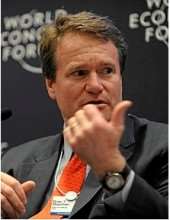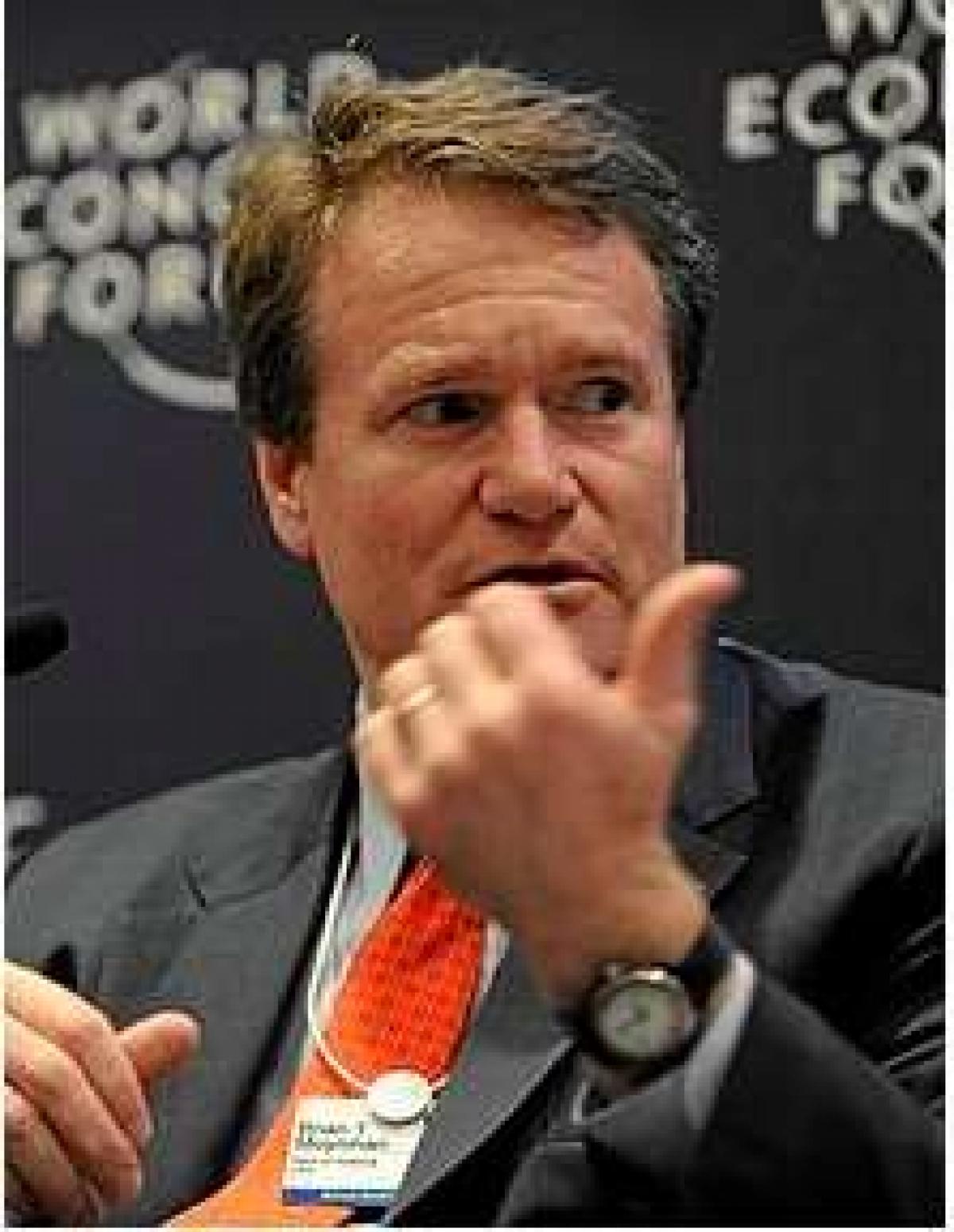 I have to wonder: aren’t corporate governance and specifically the recent dispute over Bank of America, situations in which our abstract ideas have gotten us way ahead of the facts on the ground?
I have to wonder: aren’t corporate governance and specifically the recent dispute over Bank of America, situations in which our abstract ideas have gotten us way ahead of the facts on the ground?
Sages tell us to be wary of our human capacity for abstraction. Immanuel Kant wrote that a dove “cleaving the air in her free flight, and feeling its resistance, might imagine that its flight would be still easier in empty space.” But the dove would be deluded as, quite aside from the threat of suffocation, the mechanics of flight won’t work in a vacuum.
Since that warning itself is rather abstract, it at a minimum flirts with paradox. Still, Kant was not wrong. Sometimes in the world of “corporate governance” debates the air does get rather thin.
The Example at Hand
For years, actually for decades, the facts that corporations often combine the posts of chief executive and chairman of the board in the hands of a single powerful individual and that this is a U.S. based proclivity in particular have been the targets for high-minded complaint and pontification. It is the paradigmatic example of how “good governance” does not work, of “bad governance” if you will.
The idea is sufficiently strong that the proxy advisors use it to shift the burden of proof in specific arguments. At the start of September, Glass Lewis said in a report to its clients, “We do not believe that the company [Bank of America] has provided sufficient rationale that shareholders should ratify the board’s decision to repeal a hard-fought governance reform.”
The governance reform in question of B of A’s commitment to separate the two posts, a shareholder-rebellion-inspired commitment undertaken in 2009. This was as you will remember a crisis-driven move. B of A’s acquisition of Merrill Lynch on September 14, 2008 at a shockingly low price was, along with the Lehman bankruptcy filing, a trigger for the stock price plunges that followed around the world.
But at least B of A came out the winner, right? Well … wrong. The combined entity faced huge losses as it absorbed this target’s balance sheet, and months later it would settle an investor lawsuit over that deal with a payout of $2.4 billion. Ken Lewis was turned out of both top jobs.
A year ago, though, the board said “the heck with that” gently pushing Charles O. Holliday aside as chairman of the board and giving CEO Brian Moynihan the chairmanship as well. This created a brou-hah-ha, because the abstract idea that they ought to be separate posts is a powerful one, and the brou came to ahead on Tuesday, September 29th.
Hedge Funds are Staying Away
Here’s an obvious question: what has the stock been doing over the year since the board recombined the posts? It has gone nowhere. BAC was in the neighborhood of $17 when the board made that call. It dropped over the following couple of weeks, but no further than $15.76. It has had a couple of run-ups in the intervening year, getting about $18 briefly both in December ‘14andin July ’15. As I write it is a below where it started: close to $16. Those movements seem to be so much noise: indeed, BAC has followed BKX:IND rather closely over this period.
What is more telling: hedge funds are staying out of this. One might expect one or more of the activist hedge funds to jump in, buy enough of BAC to make its views known, and agitate either to get Moynihan to give up the chair or to let him keep it, whichever it deems the better play. But … that dog hasn’t barked. There has been no hedge fund interest in this fight.
Why not? Perhaps because it doesn’t matter. Or at least it doesn’t matter at the margins (which means: they’ve all got better things to do). As II’s Alpha tells us, the whole idea of retaining Moynihan in both jobs “has irked investors and proxy advisors but has barely registered with activist hedge fund firms.”
Perhaps because hedge fund doves know perfectly well how they manage to fly.




